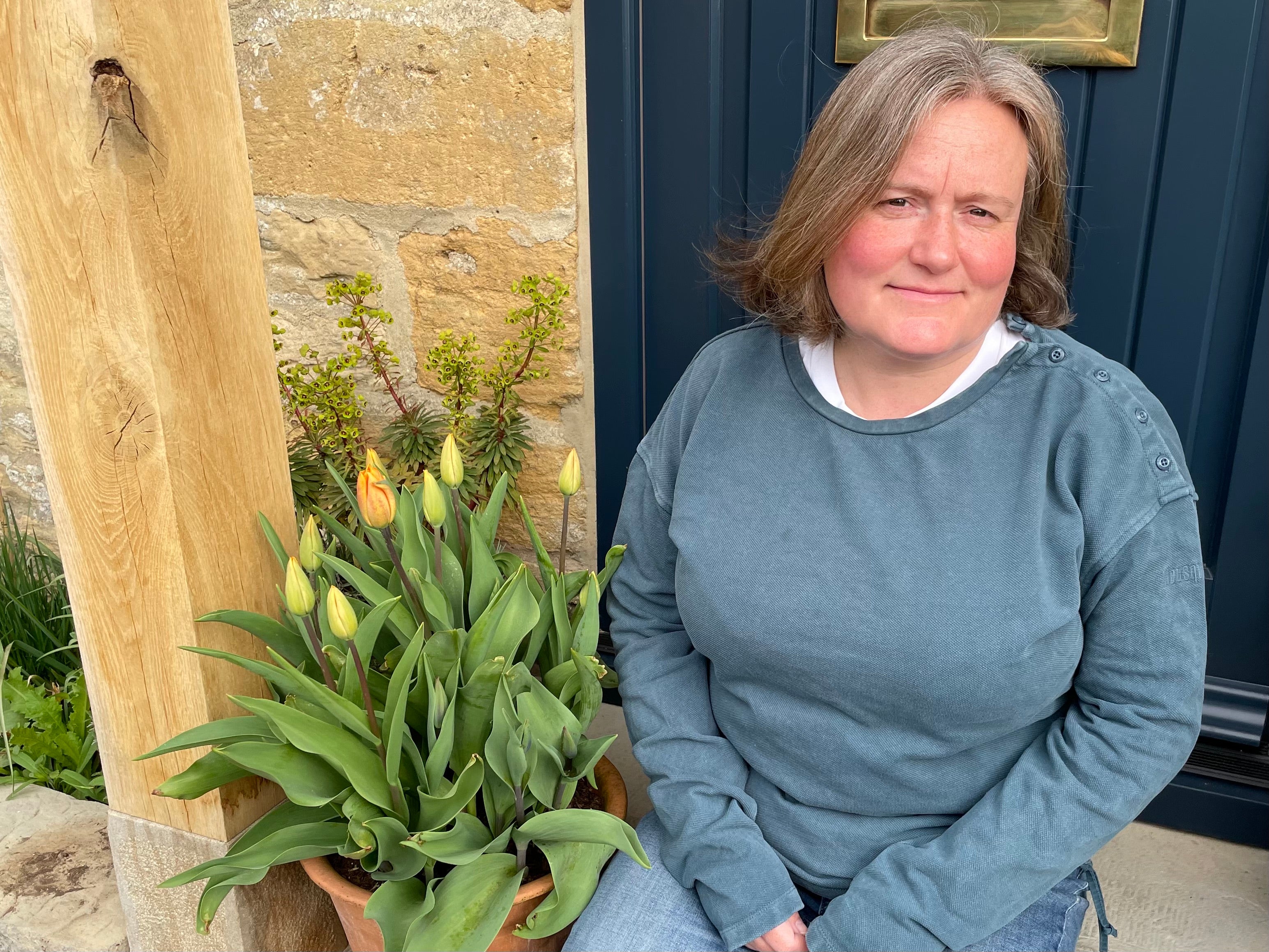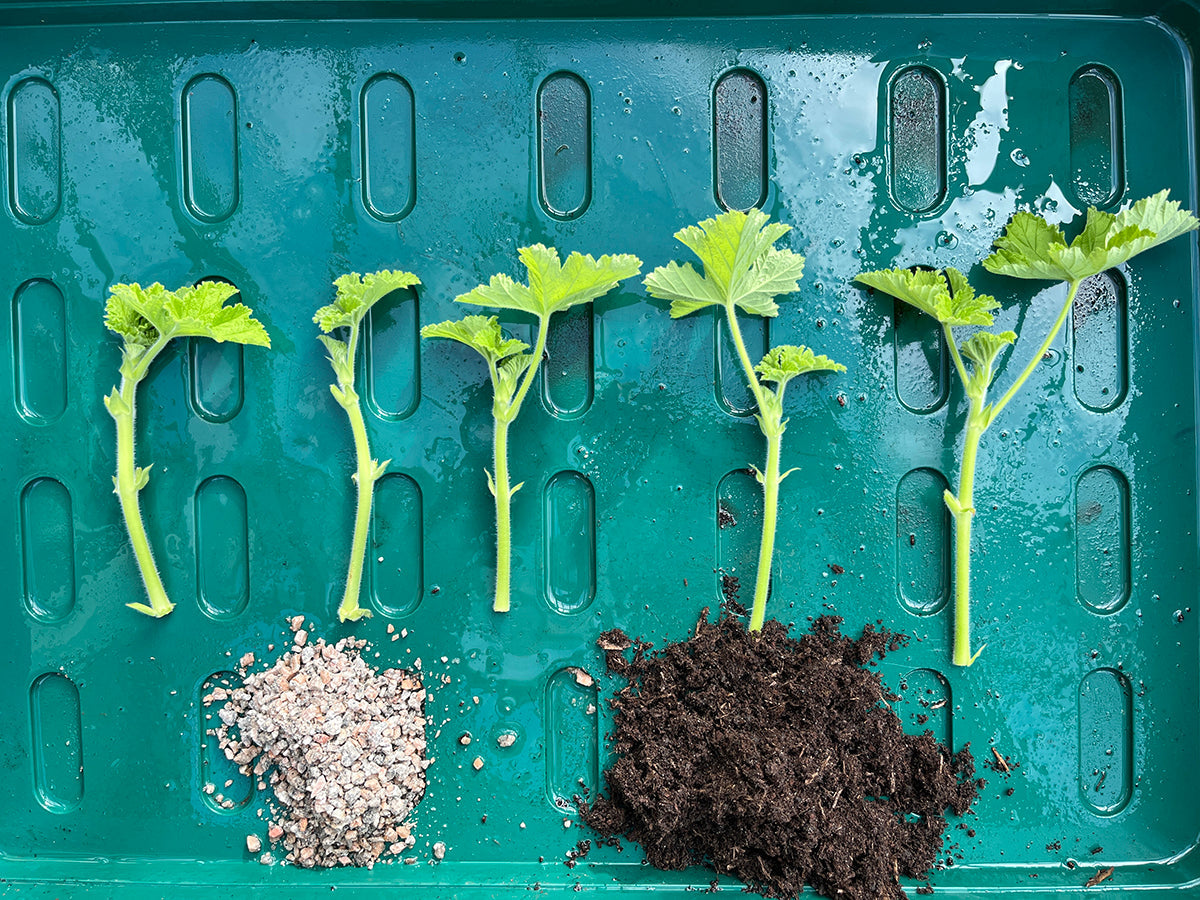Q&A with Kate Burtonwood, HG Trinity College, Oxford

Tell us about what led you into horticulture and your career journey?
I’m a career changer and spent years in an office wondering why I didn’t enjoy my job, despite the work and people being interesting. I’m grateful every day that I made the change. I started studying horticulture when I got my own garden which led me to volunteering at Inner Temple Garden and a traineeship at Oxford Botanic Garden. Getting outside and getting more creative has changed my life.
You studied at Oxford as an undergraduate yourself, how has that affected your approach?
It’s helped me understand the different timescales the university runs by, and how unique and historic the environment would be. It also made me highly conscious of the impact of our garden for wellbeing. The students are condensing a lot into short terms, and can feel under tremendous pressure to excel at a world-class institution. It makes my day when I hear someone saying they appreciate being able to take a bit of time in the garden to reconnect or find a moment of calm.
Tell us about your role at Trinity and what you enjoy most?
The role is incredibly varied and I’m able to use my skills in managing people and large projects as well as horticulture. I had to hit the ground running as the college was in the middle of constructing a large new part of college – and it was my responsibility to oversee the re-landscaping. At two weeks’ notice I was told the Prince of Wales (now King Charles) would be opening the new building and that upped the pressure! But we feel very proud of what we’ve created.
Do you have a good network of other college head gardeners?
Yes, I’m also enjoying being surrounded by colleagues and other gardeners - estates and private houses can be very isolating. Oxford is a really special environment with so many gardens in such a small area. I help run an informal association for gardeners in the Oxford colleges, a chance to get together with colleagues and look around other gardens. I also wanted to curate a garden that a large number of residents and the public could see and interact with.
Do you have a favourite part of the garden?
I love our woodland. We allow mixed bulbs, anthriscus and myosotis to thrive in the grass area and boost spring interest, and don't strim it until the end of June. I also love the progression of strong spring colours in our new Library Quad from Crocus chrysanthus var. fuscotinctus in February, through scillas, muscari, and Tulipa sylvestris, then it's taken over by the perennials - polemonium and euphorbia. The waves of blue and yellow go on for several months, with a range of textures and heights.
What are you most proud of so far?
I'm most proud of how we've updated our working practices and brought more sustainable ideas to the garden such as reducing lawn areas and the use of pesticides and on-organic feeds, limiting watering and using peat-free compost. We've also sown flower areas with pollinators in mind. Each step feels like a milestone.











